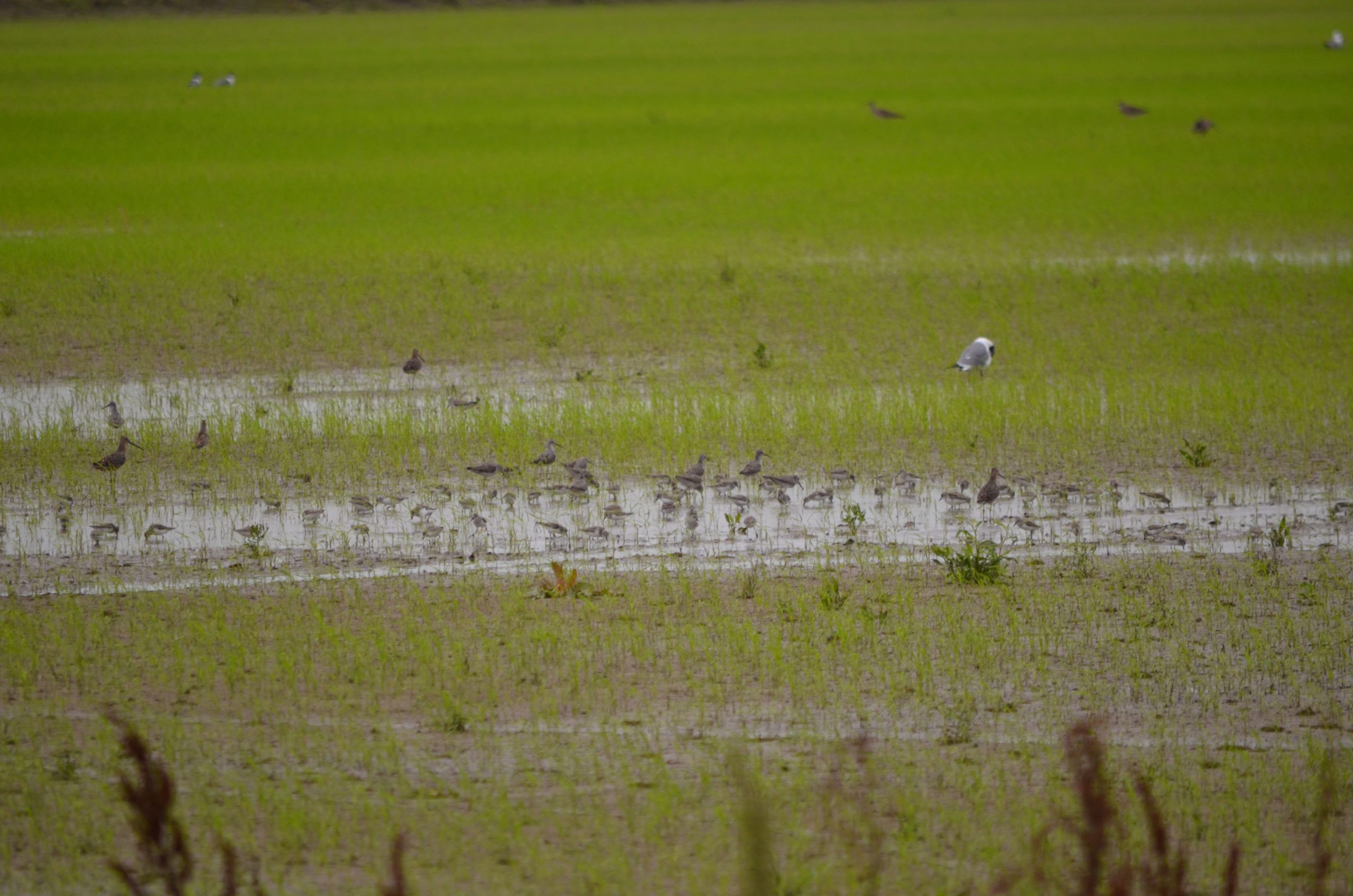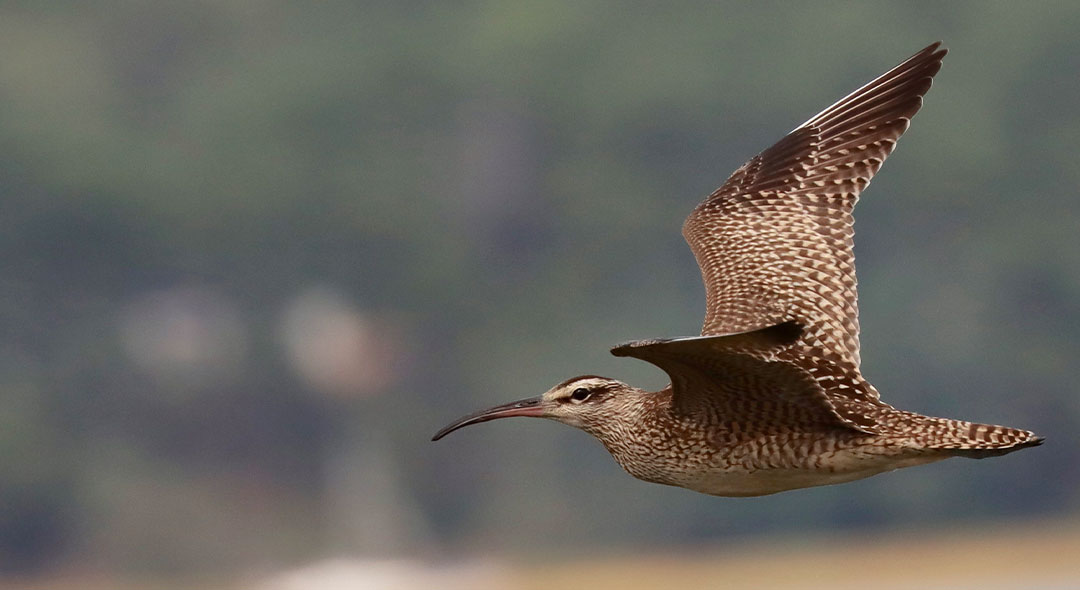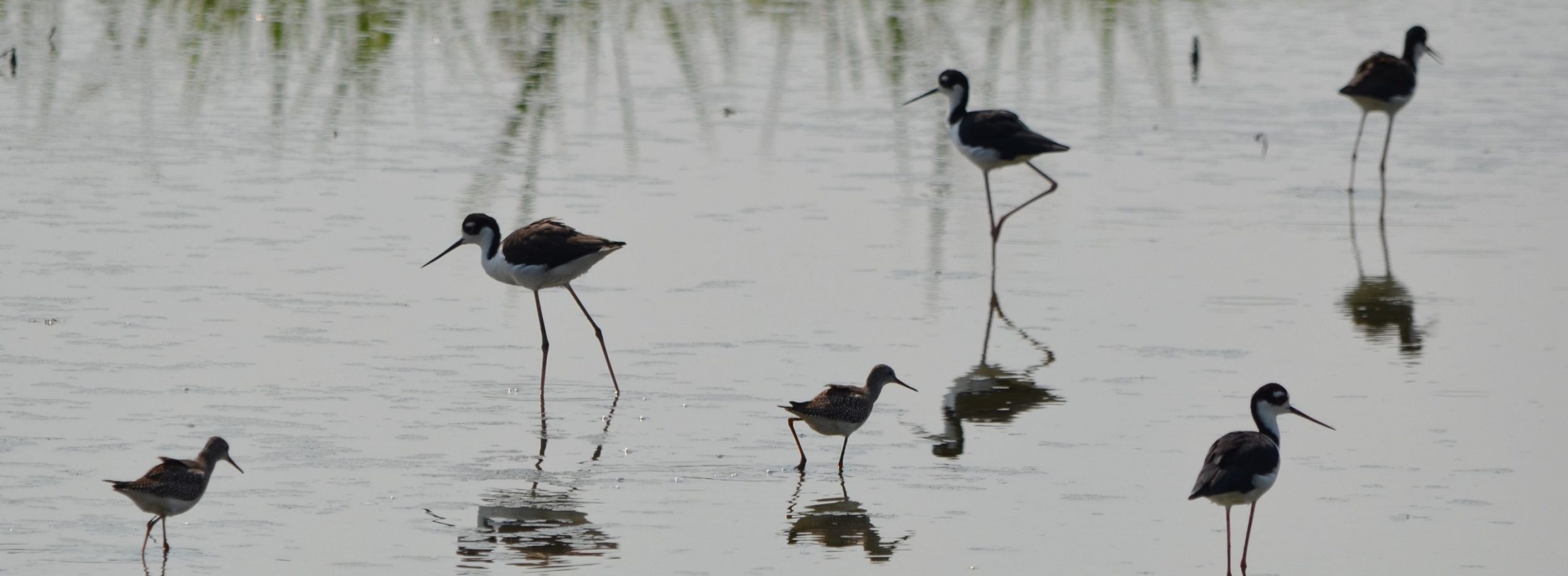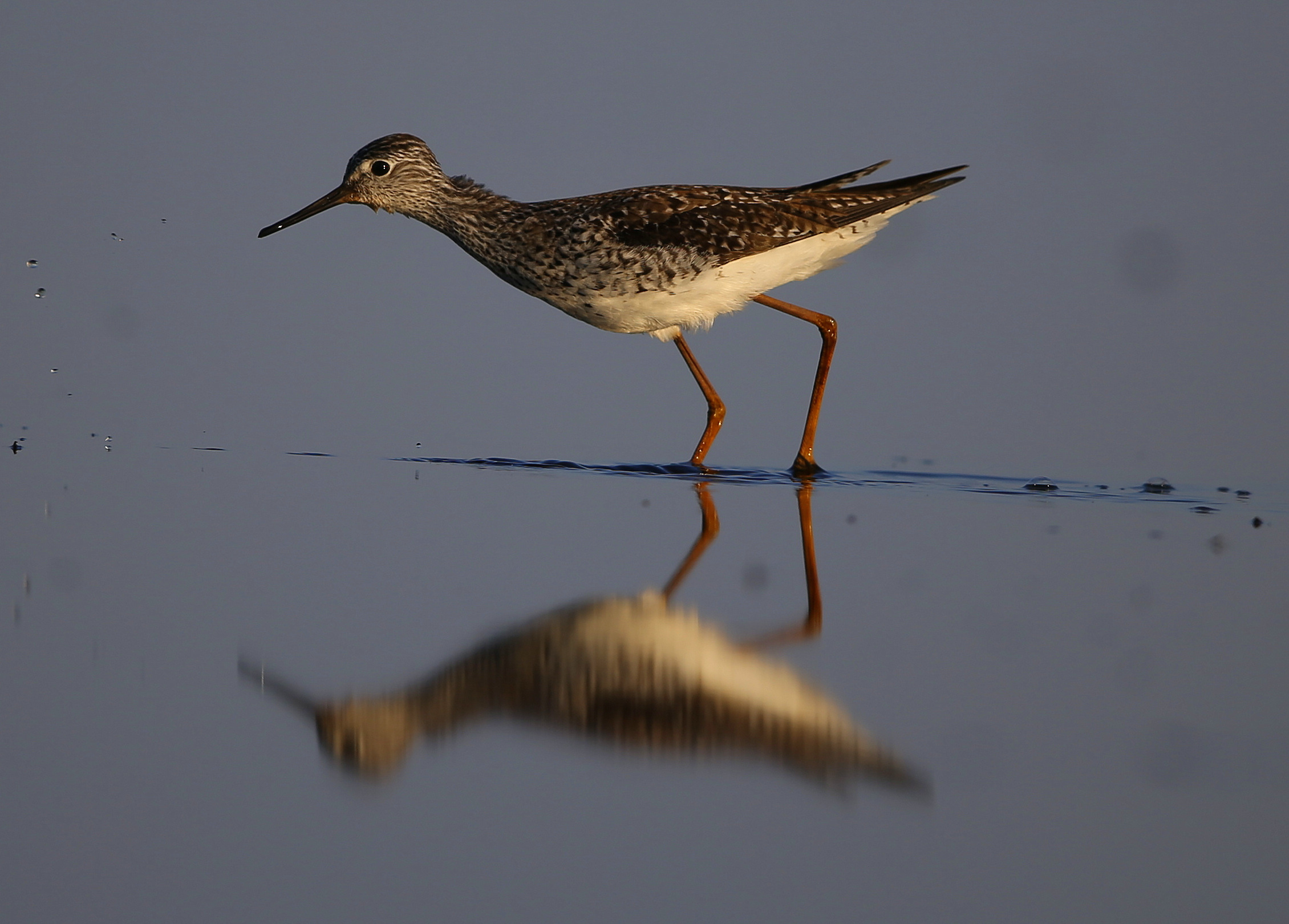The story of Manomet’s collaborative conservation efforts in Louisiana’s Working Wetlands begins at a Habitats for Shorebirds workshop in Mississippi in 2015.
These workshops, hosted by Manomet throughout the Western Hemisphere, draw a wide variety of participants with a desire to learn about shorebirds and how they can contribute to their conservation. Some participants are extremely knowledgeable about waterfowl biology and wetland management. Some are experts in outreach and education. And some have a lot of interest and willingness to learn but little to no experience with shorebirds. One of the more memorable comments heard after a workshop was: “Before your workshop, I didn’t even know what a shorebird was. When I would go out duck hunting, I just called them “Nopes” – as in ‘Nope, son, you can’t shoot that one’.”
Whether or not they enter with specific shorebird knowledge, bringing diverse groups of interested people together to connect and learn about shorebirds and their conservation needs can be the first chapter in some powerful conservation narratives. The 2015 workshop in Mississippi brought together Terry Johnston with the Natural Resources Conservation Service (NRCS) and Jason Olszak with the Louisiana Department of Wildlife and Fisheries (LDWF). Together, they helped to create a pilot project that incentivized the creation of on-farm habitat for shorebirds. In the first year of the pilot, farmers and landowners enrolled 7,000 acres in shorebird-friendly practices. This success helped shorebirds become a state priority for NRCS with the Working Lands for Wildlife Shorebirds of Louisiana Wetlands program.
Louisiana’s wetlands and coastlines are, for many shorebird species, the first stop as they arrive in North America during spring migration and the last stop in North America before crossing the open ocean to their southern wintering grounds during fall migration. A limiting factor for shorebirds in the Mississippi Alluvial Valley, and Louisiana in particular, is a lack of shallow water habitat during southbound migration. Human development, including widespread agriculture, has encroached on the wetland ecosystems that formerly supported shorebirds. However, Louisiana’s cropland retains and, in some cases, expands the possibility of habitat for shorebirds.

“Agricultural lands, like rice and crawfish, have the capacity to provide excellent shorebird habitat. By incentivizing producers to adopt shorebird-friendly practices post-harvest, we can increase important stopover habitat for the shorebird species that rely on Louisiana’s wetlands during fall migration,” Larry Reynolds, Waterfowl Program Manager at LDWF.





 Back to all
Back to all
